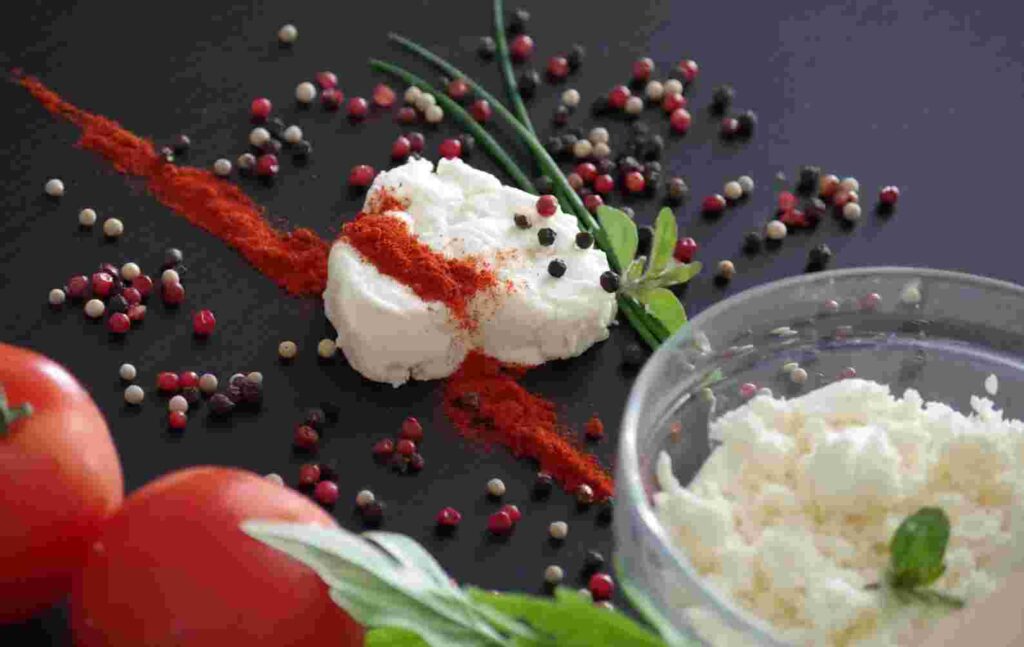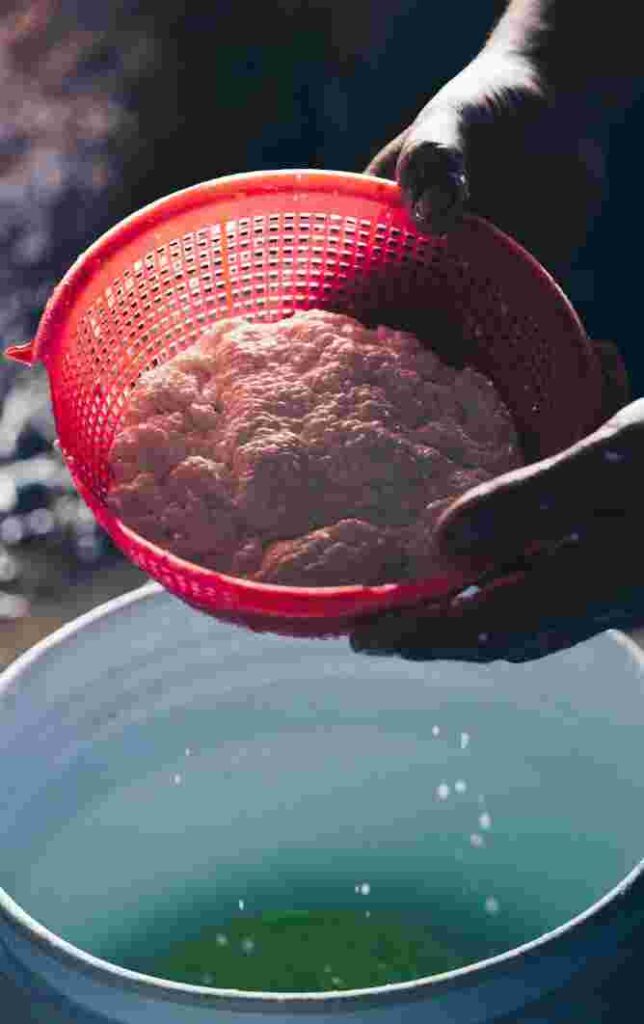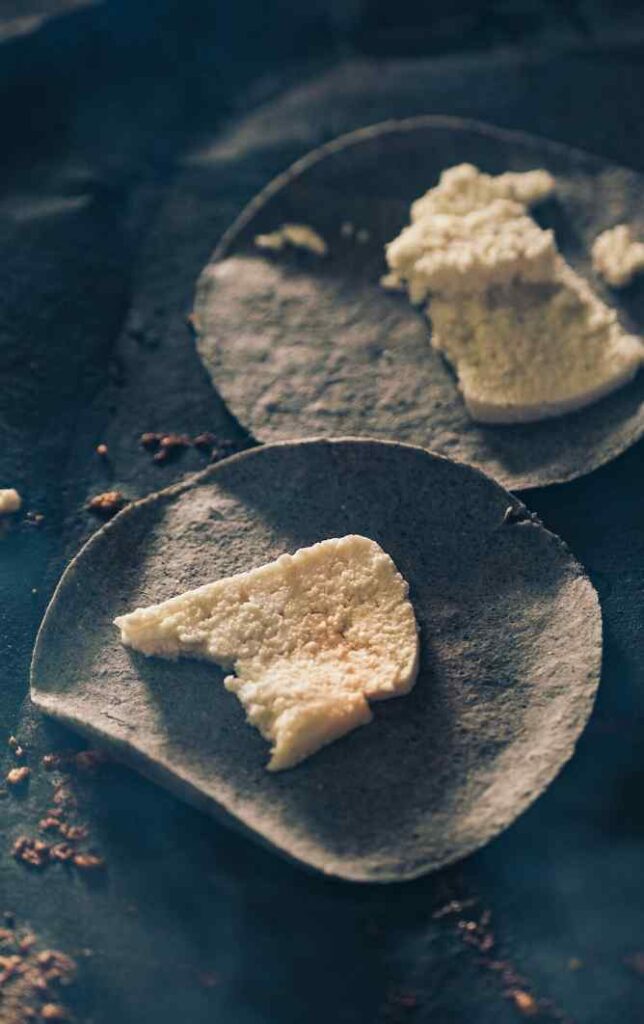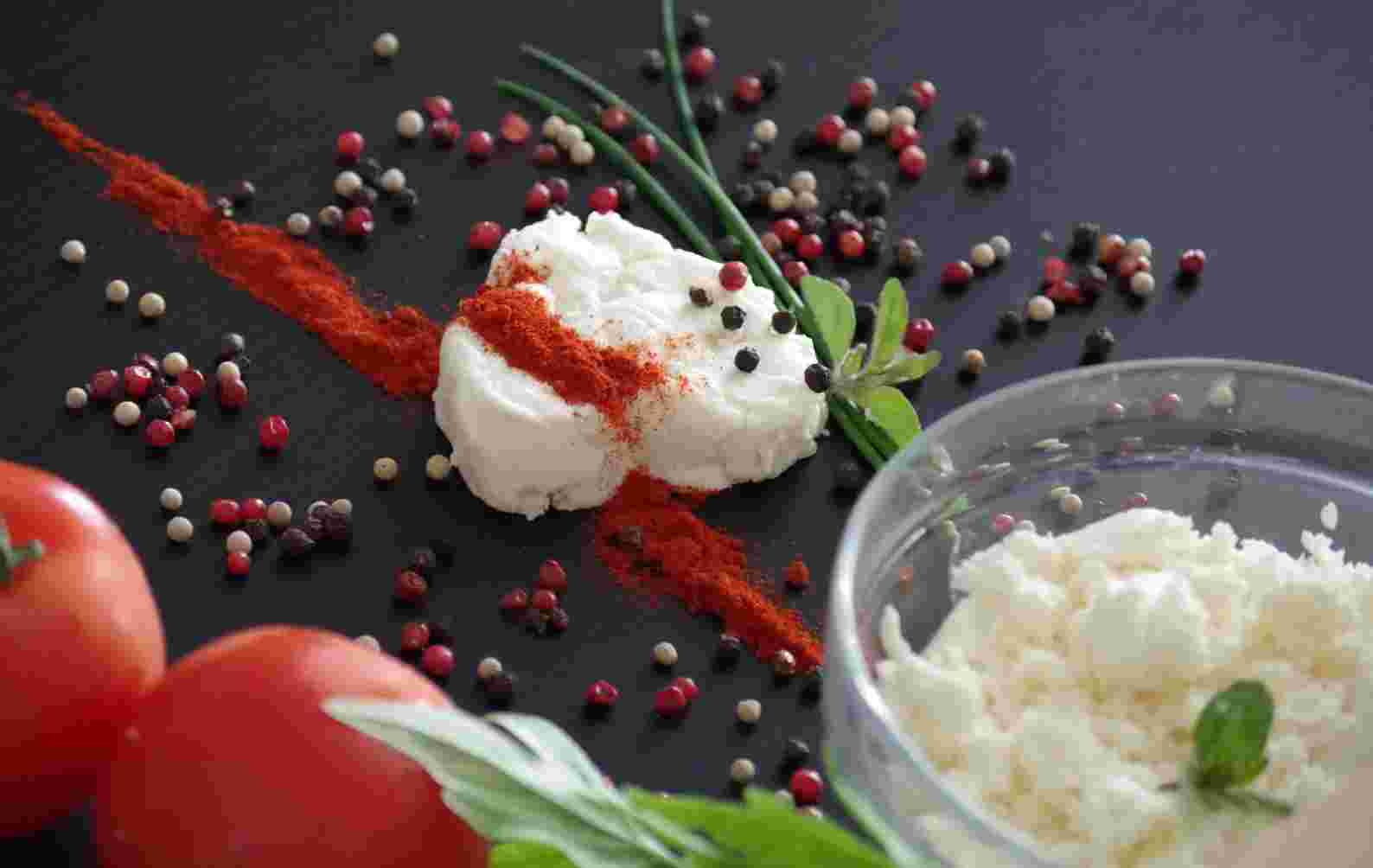Cottage cheese is becoming popular these days due to its health benefits. Have you been contemplating trying out some cottage cheese? Are you completely new to this dietary product and have been wondering what it tastes like?
Cottage cheese is a mildly-flavored curd cheese and has a slightly sour, sweet, and acidic taste. It has a distinctly creamy and milky flavor. You can also find traces of saltiness in it.
The taste of cottage cheese, however, can vary depending on the process by which it is made, the kind of milk used, the agents used to curdle it, and any other additives added to it.
What Is Cottage Cheese?

Cottage cheese is a white dairy product. It is a type of fresh cheese. Cottage cheese is created by the process of curdling. Curdling is the process of separating milk solids in the form of clumped-up casein molecules from liquid whey.
The clumped-up solids or curdles are what later form cottage cheese. Cottage cheese is not aged like most other forms of cheese.
Does Cottage Cheese Taste Good?
If you have never tried cottage cheese before, the taste of raw cottage cheese might surprise you. Cottage cheese has a peculiar texture and smell as well.
Taste
The taste of commercial cottage cheese can be slightly sweet and sour at the same time, depending on the manufacturing process.
Because it is not aged or ripened, it lacks the deep flavor which most other cheeses have. Non-commercial cottage cheese also tends to taste slightly sweeter than commercial cottage cheese.
Smell
Cottage cheese can smell slightly sour. It also has a creamy aroma to it.
Texture
The texture may also vary from being creamy and dense to only dense based on the milk fat percentage used in the process of making cottage cheese.
If the milk used is whole-fat milk or with 3-4 percent milkfat, the cottage cheese will taste creamier, and its texture will be chewier. The overall texture should be smooth but not pasty, and chewy and slightly meaty.
For people who have never tried cottage cheese before, it is recommended they try the whole fat milk version of the cottage cheese so that they don’t find it too odd.
Factors that Affect the Taste of Cottage Cheese
Sometimes you do get a different taste of cottage cheese at different places because of several factors. Below are some common factors that affect the taste of cottage cheese.
Source of Milk:-
I have tried several cottage slices of cheese that are made from a different source of milk, when I get the cottage cheese made up of cow’s milk, it tastes different than if made from goat’s milk. It is one of the main factors that affect the cottage cheese taste.
Method of Processing:-
There are different methods to process cottage cheese, and it can affect the taste of cottage cheese to some extent.
Age of Cottage Cheese
It is also very main factor that can influence the taste of cottage cheese, if you are consuming cottage cheese that is sitting in your fridge for too long, it might taste sour and tangy.
Whereas fresh cottage cheese taste very mild, and you get that feeling of freshness in it. So always make sure to check the expiry date of cottage cheese before consuming.
Extra added Flavors
I have tried some cottage cheese that has additives in it, there are lots of manufactures who add different additives such as spice or fruit extract to further enhance the taste.
However, I don’t really like additives in my cheese, I prefer to eat cottage cheese as it is.
How Is Cottage Cheese Prepared?

Cottage cheese is made by curdling pasteurized skimmed milk.
Commercial Process
In commercial processes, a lactic-starter bacterial culture containing an enzyme like rennet, some acids, and salts (to impart flavors) is used for the curdling process.
The curds formed are drained of whey liquid, heated again, washed, and further processed through industrial methods.
Later on, some additives are added for flavoring purposes and the cottage cheese is packaged.
Non-Commercial Process
Cottage cheese can also be easily prepared at home. The process is similar to that of commercial cottage cheese making except you can use lemon juice or vinegar as curdling agents.
Step 1:
Heat one liter of skimmed or whole-fat milk on a medium-heat range in a container till it comes to a boil.
Step 2:
Add 2 tablespoons of lemon juice or vinegar to it. Keep mixing the milk till you see the clear liquid whey and solid cream-colored milk clumps separated.
Step 3:
Take off the container and cool it for a few minutes. Drain the contents using a fine mesh cloth or a cheesecloth. Squeeze the cloth for any remnant liquid.
Step 4:
Once thoroughly squeezed, put a flat wooden board on top of this and add a heavy weight on top of the flat board. Leave this setting for 7-8 hours or overnight.
Step 5:
Remove the weights and board and uncover the solid block of cottage cheese which is ready to be consumed.
What are the Benefits of Cottage Cheese?
Cottage cheese is cheaper as compared to other sources of protein. It is most beneficial for people who want to include more protein in their daily diet for fitness reasons.
Since cottage cheese has high protein and low-fat content, it is extremely helpful for people trying to lose weight or build muscle mass.
Following is the nutritional value per 100g of cottage cheese:
- Protein – 12.4 g
- Calories – 103
- Fat – 4.51 g
- Carbs – 2.68 g
- Cholesterol – 15 mg
- Sodium – 405 mg
- Calcium – 60 mg
- Iron – 0.14mg
- Potassium – 84 mg
- Vitamin A – 44 mcg
Suggested Ways to Consume Cottage Cheese
Since cottage cheese is slightly sour in taste, it tastes best when combined with other complementing flavors.
You can also pair it with a wide variety of fruits, vegetables, nuts, and leafy greens.
Sprinkling it with spices like pepper or cinnamon also adds to the overall flavor of the salad and makes it palatable.
You can also substitute your regular toppings with cottage cheese for a healthier touch.
A Simple Recipe that We Love!
- Clean all the vegetables and leafy greens to be used in this salad.
- Tear up a bunch of iceberg lettuce leaves.
- Add julienned red and yellow bell peppers for a tangy taste.
- Add diced tomatoes. Peel cucumbers and finely chop and add them.
- You can also add zucchini and squash.
- Finally, add some cottage cheese.
- If you are using homemade cottage cheese, cut the block of cheese into small cubes or grate it.
- Toss the entire salad and sprinkle it with some black pepper powder. Add salt if desired.
Why Cottage Cheese is tasting bad? How to tell if cottage cheese has gone bad

If you are using packaged cottage cheese, it comes with a best-consumed-by date. It is okay to consume it for 2-3 days after it if the cottage cheese has not gone bad entirely.
Following are some of the ways you can tell your cottage cheese has gone bad:
1. Extreme Sour Smell or Bad Odor
If the packaged cheese container has a pungent or extremely sour odor, then your cottage cheese has gone foul.
2. Bitter or Extremely Sour Taste
If cottage cheese has a brackish or bitter taste or a highly sour taste, it is best not to consume it.
3. Mold or Fungus
If there seems to be a greenish-black or blackish formation, either on the neck of the container or on the cottage cheese itself, chances are it could be a mold or fungus formation. In this case, immediately discard the cottage cheese.
Wrapping Up | What Does Cottage Cheese Taste Like
Now that you are aware of how cottage cheese will taste and feel, you can use your imagination and create the dishes that you like. Do check our website Americancitydiner for such food-related articles.
Happy cooking!

